Journal of Daylighting
An international journal devoted to investigations of daylighting in buildings. It is the leading journal that publishes original research on all aspects of Energy, buildings, and lighting.
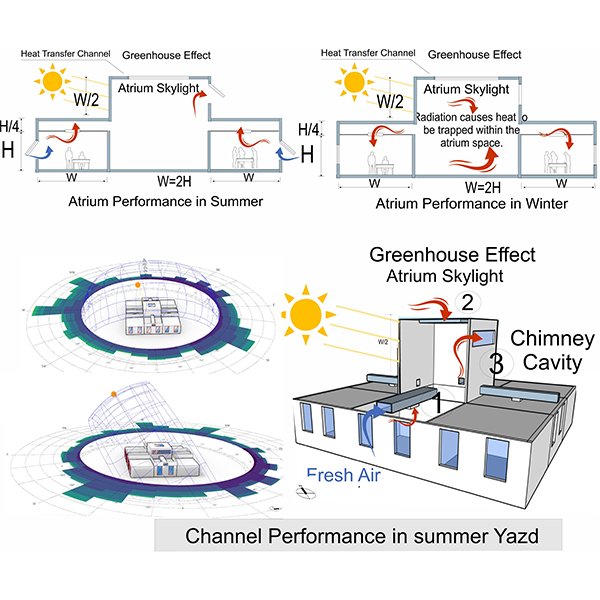
RESEARCH ARTICLE
Design Optimization of Atrium Skylights for Enhanced Office Building Performance
The increasing demand for energy and the impact of climate change underscore the necessity of energy-efficient building designs. This study optimizes atrium skylights as a passive design solution for Yazd, Iran aiming to enhance thermal and visual comfort.
Journal of Daylighting 12 (2025) 520-547
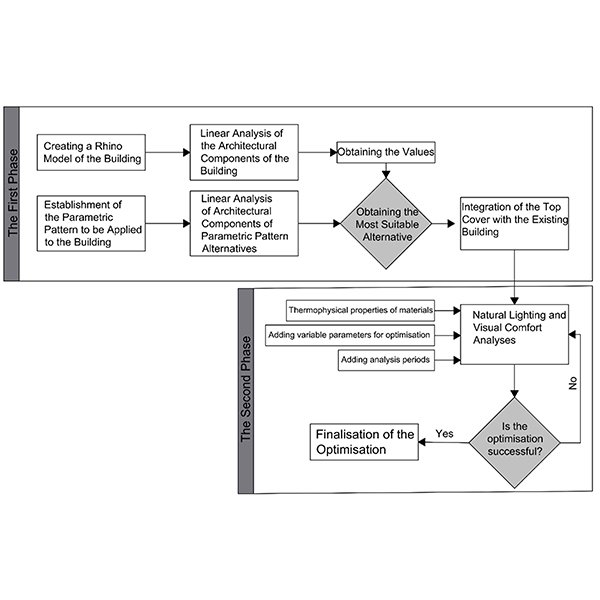
RESEARCH ARTICLE
Parametric Exploration of Natural Lighting and Visual Comfort in Contemporary
The re-functioning of historical buildings frequently necessitates new additions. This is particularly relevant for historical buildings with open courtyards, where interventions often involve the installation of upper covers using contemporary materials and techniques This issue can become especially apparent in historical buildings that are completely enclosed with transparent materials, raising concerns about the greenhouse effect and its potential to compromise indoor comfort.
Journal of Daylighting 12 (2025) 506-519
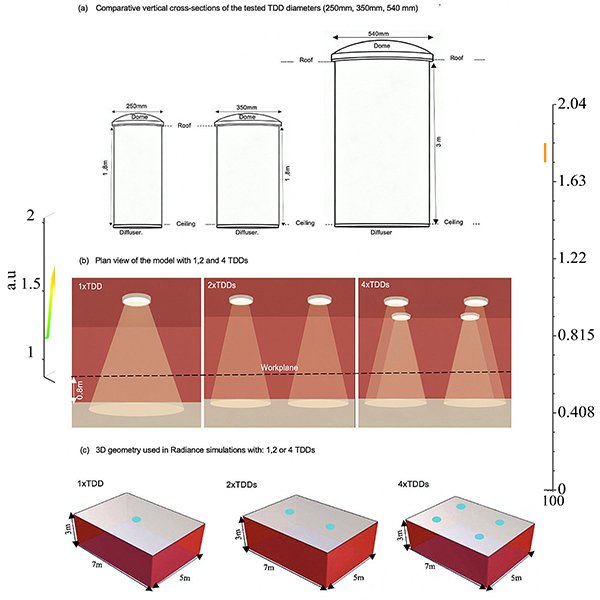
RESEARCH ARTICLE
Multi-Criteria Optimization of Tubular Daylighting Devices for Classrooms in
In educational architecture, particularly in high-solar climates, achieving a balance between ample daylight and visual comfort is a significant challenge.
Journal of Daylighting 12 (2025) 491-505
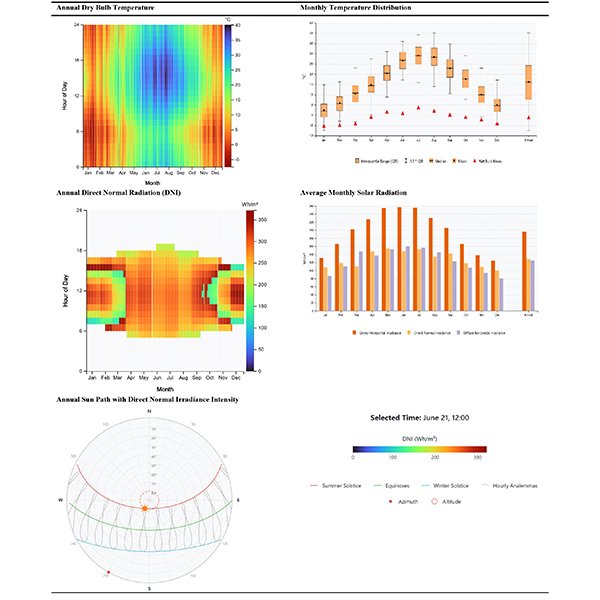
RESEARCH ARTICLE
Multi-objective Optimization of Girih Tile Patterns and Colored Glass
Efficient energy use is vital in architecture, and the building envelope plays a key role in aesthetics, thermal comfort, energy efficiency, and natural lighting.
Journal of Daylighting 12 (2025) 441-467
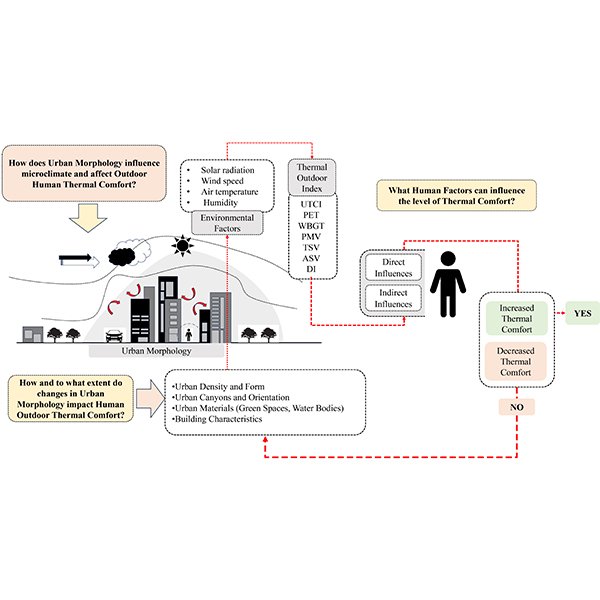
REVIEW ARTICLE
Human Interaction with Urban Morphology under the Influence of Urban
Outdoor urban spaces are essential to residents’ well-being, yet their thermal comfort is increasingly compromised by urbanization and climate change. .
Journal of Daylighting 12 (2025) 468-490
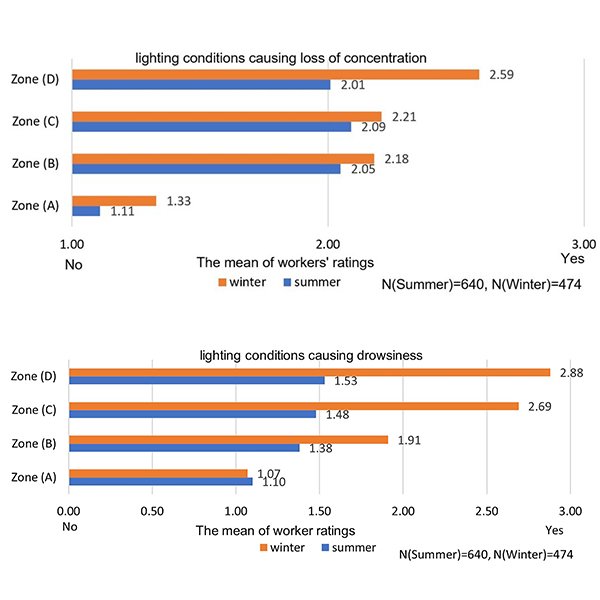
RESEARCH ARTICLE
Evaluating the Impact of Lighting Conditions on Workers’ Safety and
Lighting is a key element of design that plays a significant role in affecting workers’ health and safety in industrial workspaces. Given the scarcity of scientific studies addressing visual environments in relation to workers health in industrial buildings, this field study was conducted to explore workers' responses to multiple lighting scenarios inside production halls on their occupational health and safety in six factories in Sadat City, Egypt. .
Journal of Daylighting 12 (2025) 420-440
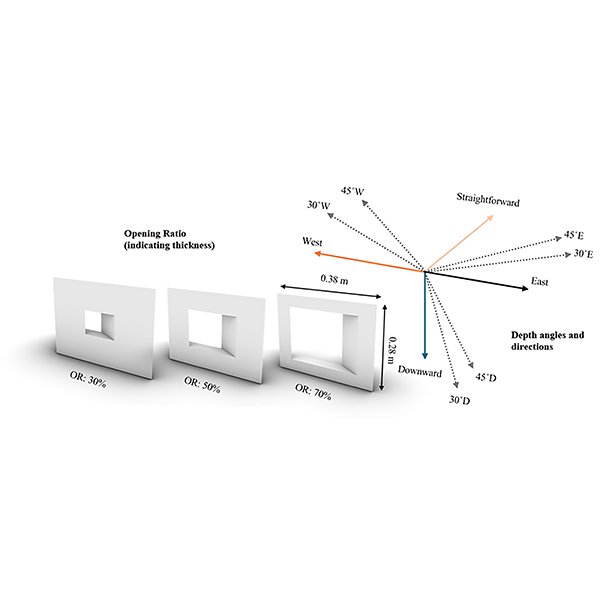
RESEARCH ARTICLE
Evaluating Daylighting Performance of Parametric Mashrabiya in Mediterranean Climate: A
This study examines the daylighting performance of parametric Mashrabiya-inspired shading devices in a Mediterranean climate, aiming to enhance occupant comfort and visual performance.
Journal of Daylighting 12 (2025) 397-419
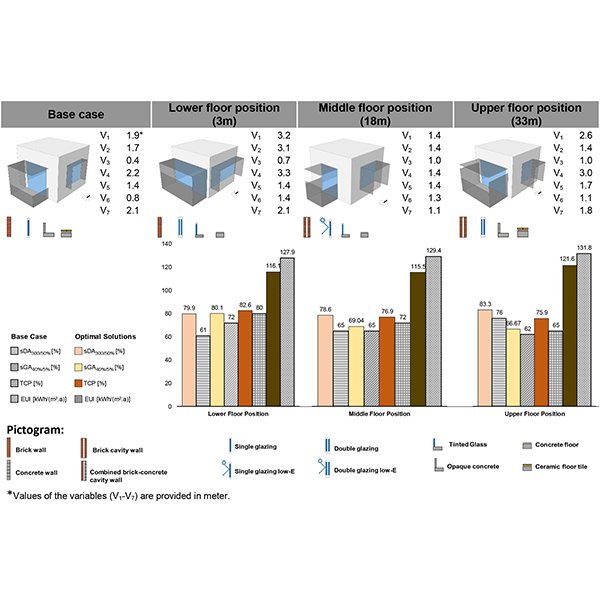
RESEARCH ARTICLE
Height-Responsive Balcony-Integrated Envelope Design for High-Rise Residential
Balconies function as essential shading elements within the building envelope, playing a critical role in regulating occupant comfort and energy efficiency.
Journal of Daylighting 12 (2025) 375-396
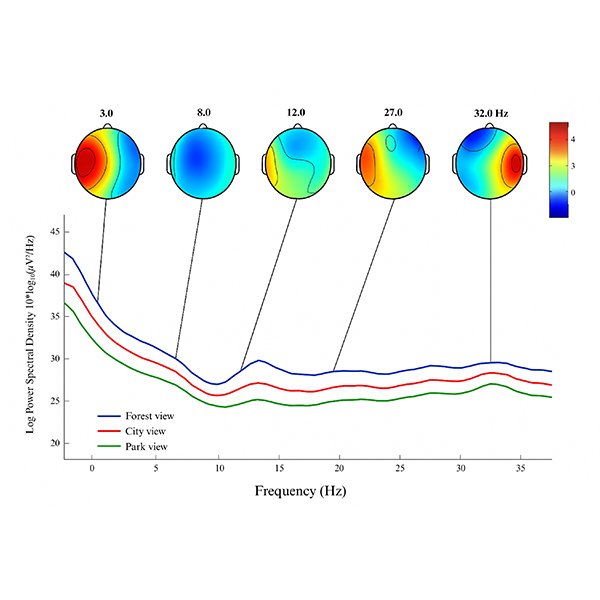
RESEARCH ARTICLE
EEG-Based Neurophysiological Responses to Classroom Window Views in Green
This study examines the neurophysiological responses of students to different classroom window views - forest, park, and city - within energy-efficient, green campus environments.
Journal of Daylighting 12 (2025) 359-374
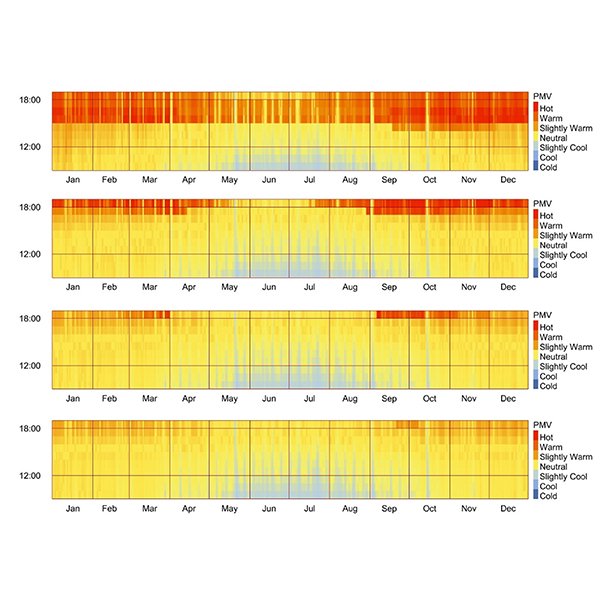
RESEARCH ARTICLE
Enhancing Year-Round Thermal Comfort with Solar Control Films: A
Windows significantly contribute to thermal discomfort in high solar irradiance climates by allowing excessive heat gains and uneven indoor temperatures.
Journal of Daylighting 12 (2025) 343-358
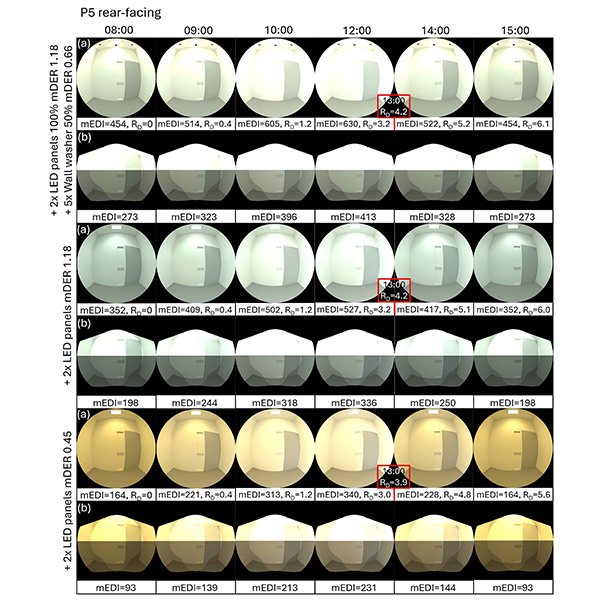
RESEARCH ARTICLE
Evaluating Visual and Beyond-Vision Light Effects and Energy Consumption
Light influences human physiology and psychology through visual and beyond-visual effects, collectively termed ‘integrative lighting.’ Human responses depend on luminous (quantity, spectrum, directionality) and temporal (timing, duration, history) factors, yet no studies examined their combined influence on integrative lighting. Th.
Journal of Daylighting 12 (2025) 306-342

RESEARCH ARTICLE
Occupant-Centric Visual Comfort Assessment and Optimization of Passive Solar
This study introduces a comprehensive computational framework integrating image-based simulations, spatial frequency analysis, and multi-objective optimization to evaluate and optimize passive solar shading devices from an occupant-centric perspective.
Journal of Daylighting 12 (2025) 293-305
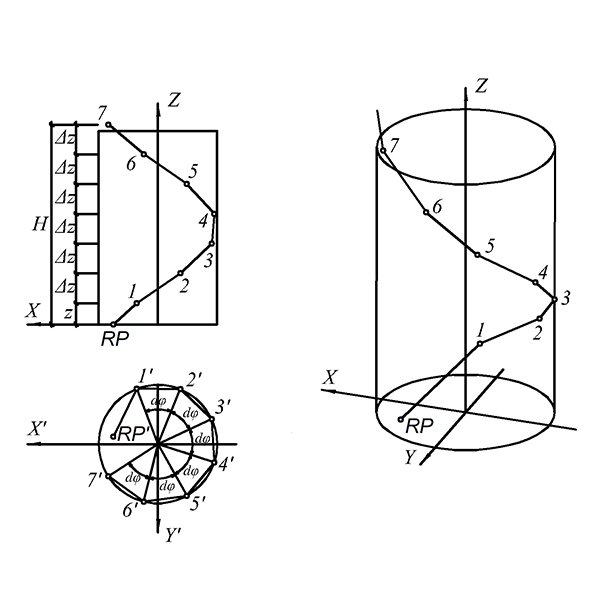
RESEARCH ARTICLE
Determination of Efficiency of the Vertical Specularly Reflecting Cylindrical Light
Article is devoted to determination of efficiency of the vertical specularly reflecting cylindrical light shaft for various types of the firmaments standardized by CIE (International Commission on Illumination).
Journal of Daylighting 12 (2025) 278-292
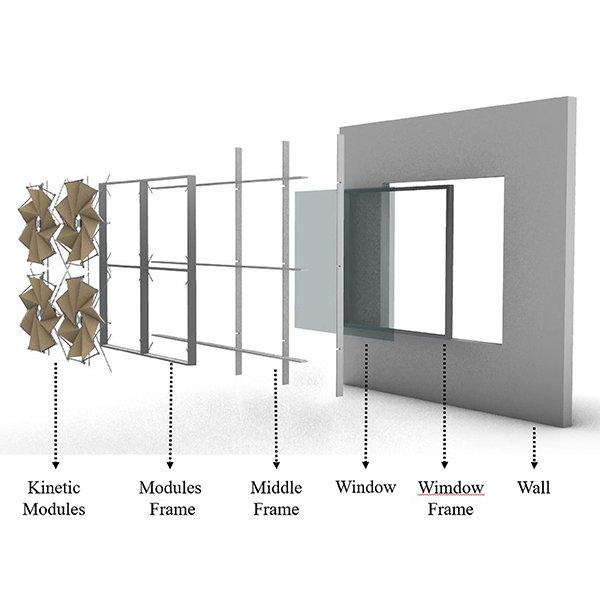
RESEARCH ARTICLE
Designing a Kinetic Façade to Control Glare: Inspiration of
In this study, to control glare in buildings with glass facades, a kinetic facade was designed using a pattern inspired by nature. Accordingly, in this study, due to the essential similarity of buildings with plants regarding the inability to move and location, in the first step, plants and their morphology were examined.
Journal of Daylighting 12 (2025) 265-277

RESEARCH ARTICLE
Tessellation-Based Origami-Inspired Movable Façade for Daylighting and
This study emphasizes the importance of daylight performance in interior spaces as a critical factor in achieving global Sustainable Development Goals, including energy efficiency, environmental sustainability, and healthy living conditions.
Journal of Daylighting 12 (2025) 252-264
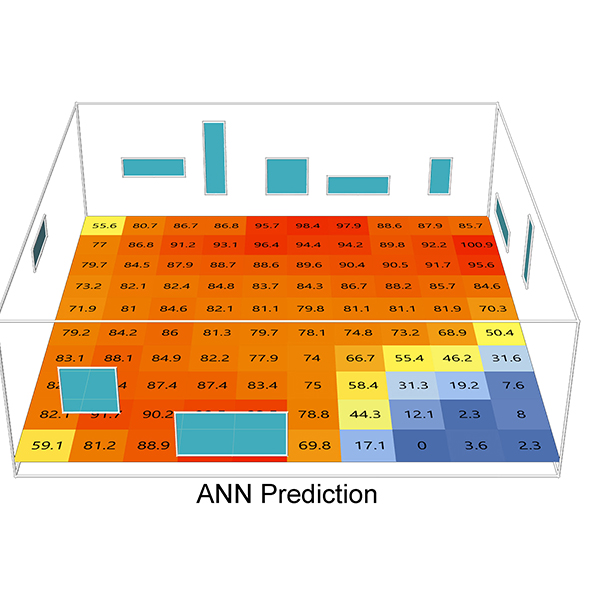
RESEARCH ARTICLE
Unfolding 3D Space into Binary Images for Daylight Simulation via
Daylighting plays a crucial role in building science, impacting both occupants’ well-being and energy consumption in buildings. Balancing the size of openings with energy efficiency has long been a challenge. .
Journal of Daylighting 10 (2023) 204-2013
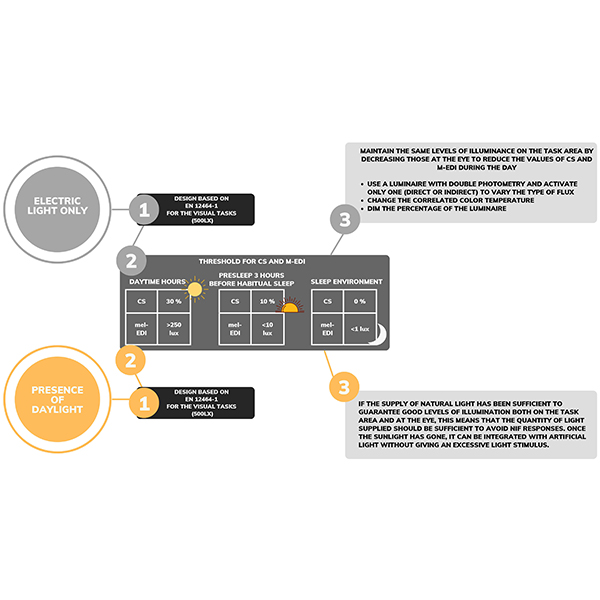
RESEARCH ARTICLE
Integrative Lighting Design: How to Optimize Visual and Non-visual
The objective of this paper is to outline fundamental principles for the electric lighting design of workplace environments such as offices. The study considers both the suggested guidelines and values for non-visual light design and the specifications for visual tasks dictated by the EN 12464-1:2021.
Journal of Daylighting 10 (2023) 192-203
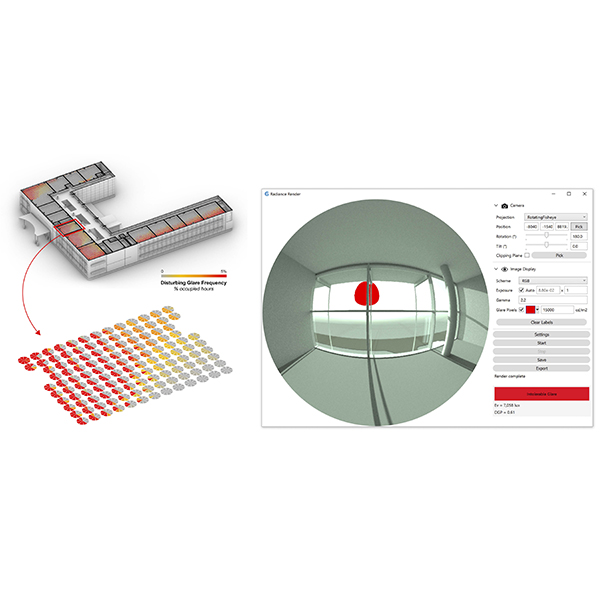
RESEARCH ARTICLE
The Effect of Parametric Patterned Façade Variations on Daylight
Parametric design influences on building envelope design are exponentially increasing in the current era due to the dominance of computational design on architectural outcomes.
Journal of Daylighting 10 (2023) 173-191
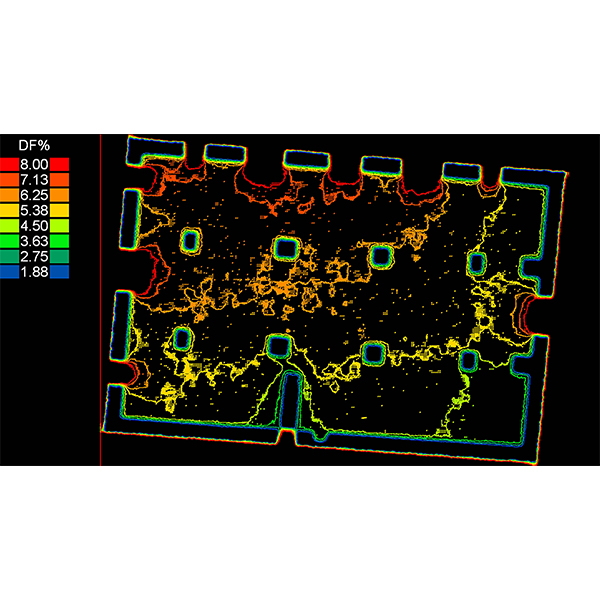
RESEARCH ARTICLE
Analysing the Daylighting Performance of the Main Prayer-hall in
This paper studies the daylighting quality of the indoor prayer-hall in The Great Upper Mosque of Hama city in Syria, highlighting this distinctive historical converted building that has been functioning as a mosque since the entry of Islam in the 6th century AD.
Journal of Daylighting 10 (2023) 153-172

RESEARCH ARTICLE
Sunlight-Daylight Signature: a Novel Concept to Assess Sunlight and
Daylighting and solar availability at urban scale has come to play a crucial role in the perception of discomfort conditions for people, both in outdoor and indoor spaces, and on the energy consumption of buildings.
Journal of Daylighting 10 (2023) 136-152
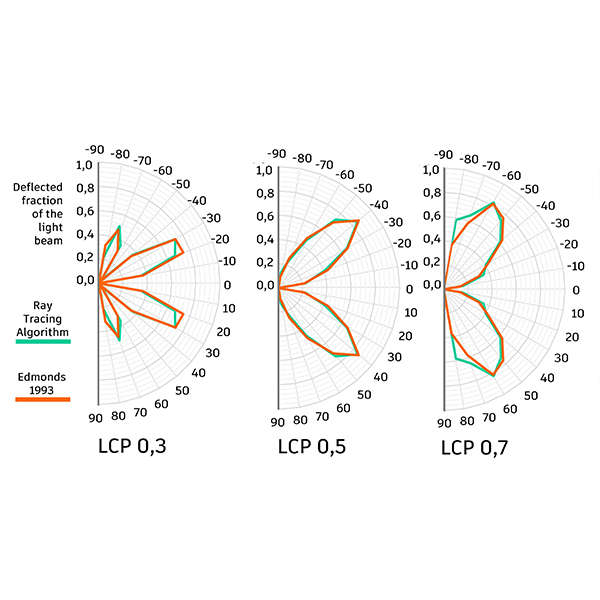
RESEARCH ARTICLE
Ray Tracing Algorithm to Simulate Laser-Cut Panel Light-Redirecting
Daylighting simulation software is an important tool to improve the quality of building design and to improve the quality of the built environment. For its application to correspond to reality, its algorithm needs to reflect real behaviour in the best possible way.
Journal of Daylighting 10 (2023) 87-98
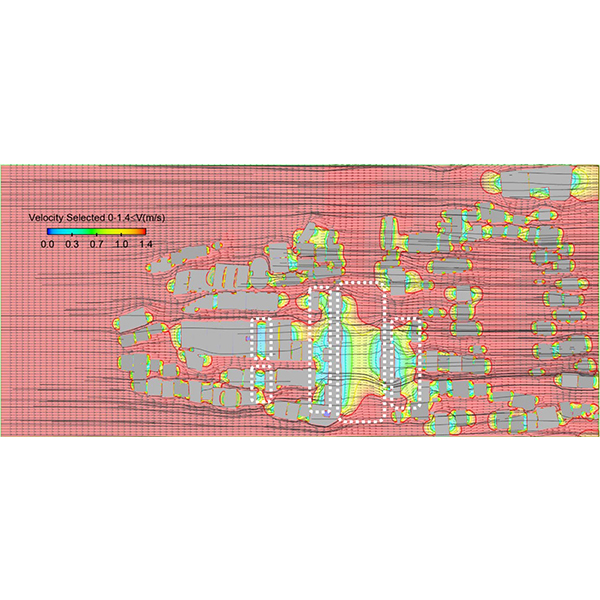
RESEARCH ARTICLE
The Effects of Orientation and Width of Space Between Buildings
Excessive heat in the high-rise urban fabric has contributed to pedestrian and occupants' discomfort. Establishing wind circulation in space with an environmentally compatible and optimal configuration is necessary to improve comfort in this region.
Journal of Daylighting 10 (2023) 99-116
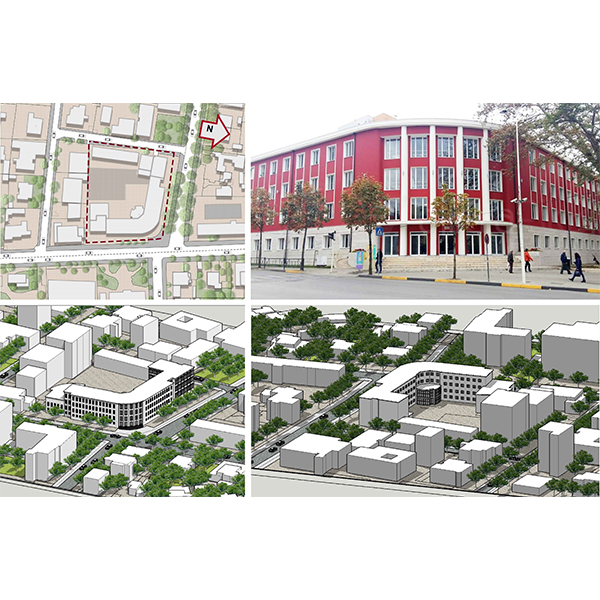
RESEARCH ARTICLE
Evaluation of the Visual Comfort and Daylight Performance of the
The daylight in classrooms is a crucial aspect that affects the quality of the learning environment and the overall performance of the students. Visual arts, such as painting, sculpture, carving, textile design and photography, require specific lighting conditions, which are different from the regular classroom standards.
Journal of Daylighting 10 (2023) 117-135
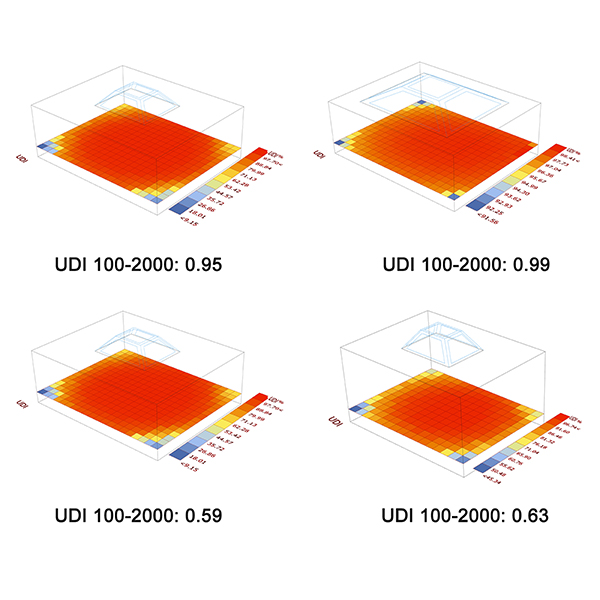
RESEARCH ARTICLE
Design Optimization of the Skylight for Daylighting and Energy Performance
In terms of sustainable design, lateral windows and skylights are important. Daylighting has become a vital component in office buildings because it increases occupants' productivity, well-being, and energy savings via windows and skylights.
Journal of Daylighting 10 (2023) 72-86

RESEARCH ARTICLE
The Architectural Design of Building Façade Models Related to
Lighting control integrated with daylighting is recognized as an important and useful strategy in energy efficient building design. One of the right factors to reduce energy consumption for artificial lighting during the day is the maximum utilization of sunlight.
Journal of Daylighting 10 (2023) 60-71

RESEARCH ARTICLE
Evaluation of Occupants’ Visual Perception in Day Lit Scenes: A
Daylight improves indoor environmental quality, the physical and mental health of occupants, and their efficiency. Research in the area of human-centric lighting that considers the visual and non-visual effects of light on human vision, have focused on examining human visual perception in response to a wide variety of lighting aspects.
Journal of Daylighting 10 (2023) 45-59

RESEARCH ARTICLE
Impact of Window Design on Dynamic Daylight Performance in an
Window design affects the building's appearance. Besides, it has a significant impact on daylight performance and the visual comfort of interior spaces.
Journal of Daylighting 10 (2023) 31-44

RESEARCH ARTICLE
Visual Comfort Assessment of Hospital Patient Rooms with Climate Responsive
As advanced technologies become prevalent, they are being used more widely in numerous fields. The building sector is not an exception. One of these cutting-edge technologies is responsive facades, which are used in buildings and have an undeniable effect on daylighting.
Journal of Daylighting 10 (2023) 17-30

RESEARCH ARTICLE
Biomimicry as an Approach to Improve Daylighting Performance in Office
Biomimicry inspired architects to solve complex design problems and develop adaptive solutions for enhancing the environmental quality. Fields of inspiration include energy efficiency, natural ventilation, daylighting, and structural stability.
Journal of Daylighting 10 (2023) 1-16
Join our Editorial Board
CVs should be submitted electronically to jd@solarlits.com.
Editorial Board
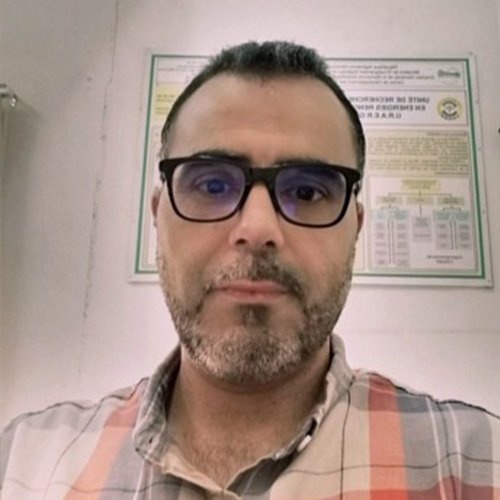
Dr. Kacem Gairaa
center for renewable energy development, Algeria

Dr Paola Sansoni
CNR-INO, Italy

Dr Canan Kandilli
Usak University, Turkey
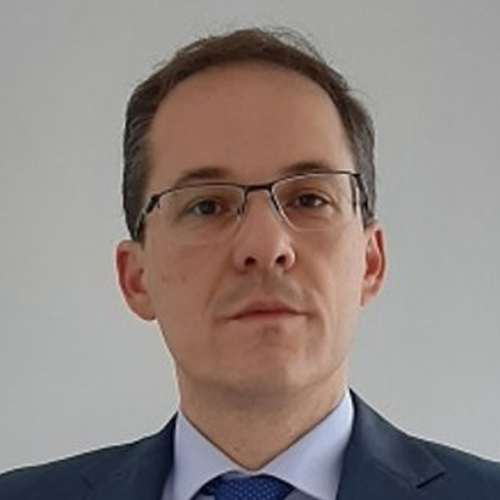
Prof. Antonio Manuel Peña García
University of Granada, Spain

Prof Hongfei Zheng
Beijing Institute of Technology, China

Prof. Lambros T. Doulos
Hellenic Open University, Greece

Dr Arsenio Barbón
University of Oviedo, Spain

Prof Francesco Asdrubali
University of Perugia, Italy

Prof. Barbara Szybinska Matusiak
NTNU, Norway

Prof. Yuehong Su
University of Nottingham, UK

Dr Valerio Roberto Maria LO VERSO
Politecnico di Torino (Polytechnic University of Turin), Italy

Dr Ferdinando Salata
University of Rome, Italy

Prof Laura Bellia
University of Naples Federico II, Italy

Prof. Nabil Elminshawy
Port Said University, Egypt

Prof Umberto Berardi
Politecnico di Bari, Italy

Dr Marina Bonomolo
University of Palermo, Italia

Prof Jitka Mohelnikova
Brno University of Technology, Czech Republic

Dr. Francesco Nocera
Department of Civil Engineering and Architecture, University of Catania (ITALY), Italy
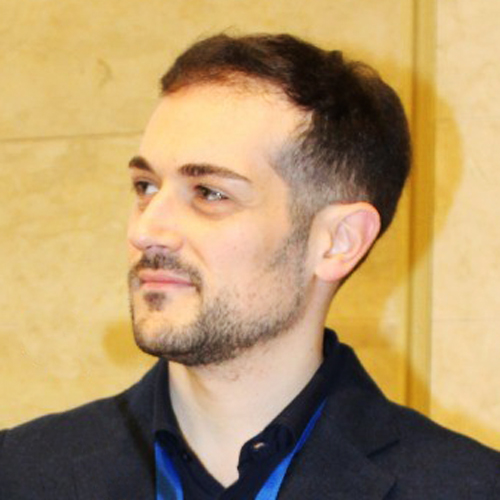
Dr Francesco Sommese
University of Naples Federico II, italy

Omid Nematollahi
Isfahan University of Technology, South Korea

Dr Rizki A. Mangkuto
Institut Teknologi Bandung, Indonesia

Dr Ahmed A. Y. Freewan
Jordan University of Science and Technology, Jordan

Dr Lim Yaik Wah
Universiti Teknologi Malaysia, Malaysia

Dr Paula M. Esquivias
University of Granada, Spain

Dr Karam M. Al-Obaidi
Sheffield Hallam University, UK
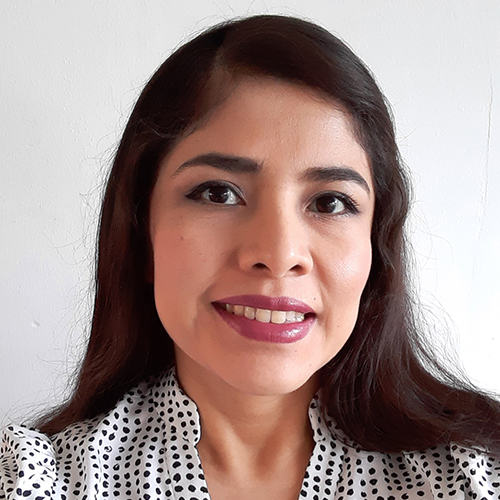
Dr Doris Abigail Chi Pool
Universidad de las Américas Puebla, Mexico

Dr Hui Shen
Texas A&M University-Kingsville, USA

Dr Hui Lv
Hubei University of Technology, China

Dr jian yao
Ningbo University, China

Dr Osama Mohamed Omar
University of Bahrain , Bahrain
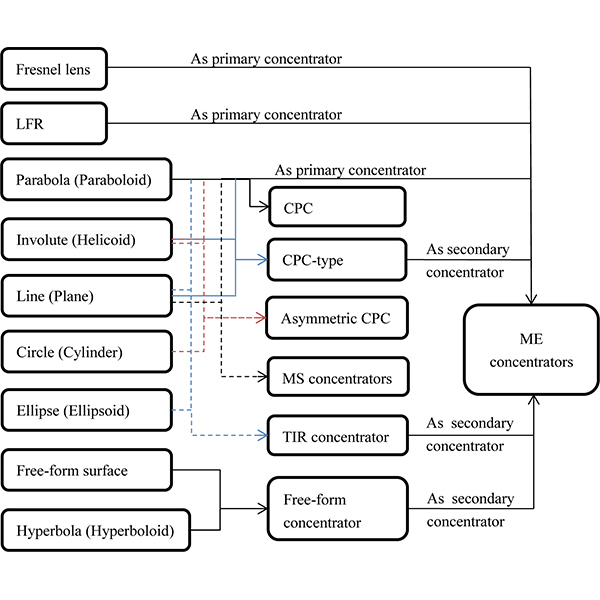
REVIEW ARTICLE
A Review on Solar Concentrators with Multi-surface and Multi-
Solar concentrator always plays an important role in solar energy collection as it could enhance the energy density effectively. Various structures of solar concentrators have been researched in recent years, among which multi-surface (MS) and multi-element (ME) combinations are the two typical structures.
Journal of Daylighting 6 (2019) 80-96
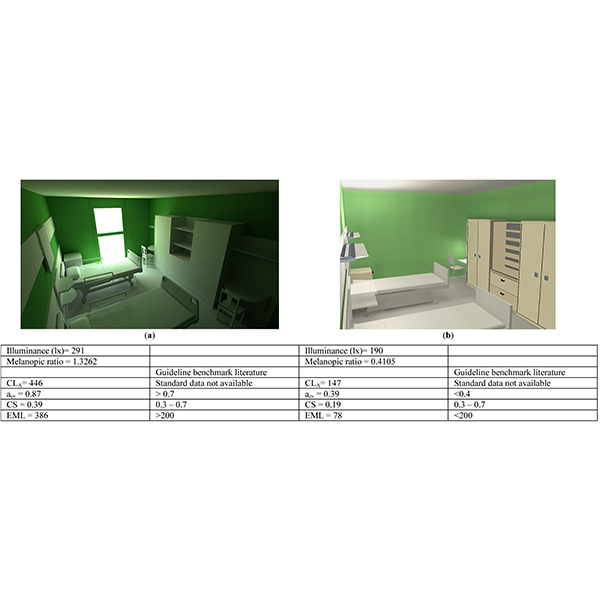
RESEARCH ARTICLE
Application of Different Circadian Lighting Metrics in a Health Residence
During the last three decades, various scientific researchers analysed the connection between natural elements and human life, both as far as well-being and productivity.
Journal of Daylighting 7 (2020) 13-24
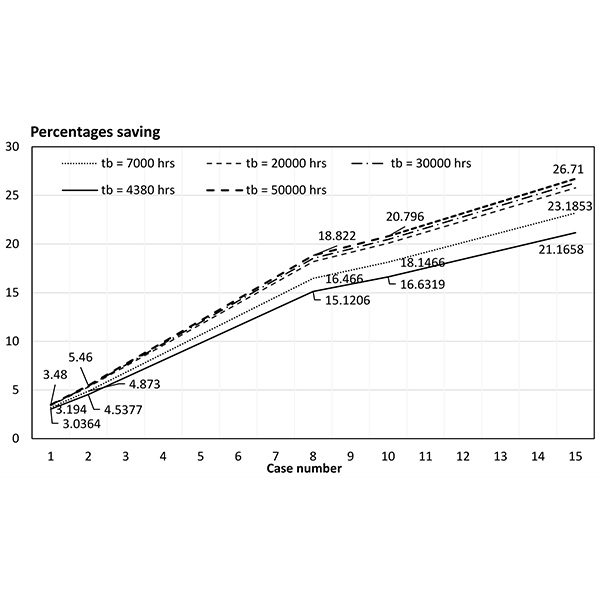
RESEARCH ARTICLE
A New Trend for Indoor Lighting Design Based on A
Most power system planners are interested in the savings of electrical power consumption. Various references demonstrate that the highest consumed power is by the lighting systems standing around 19% of worldwide energy consumption.
Journal of Daylighting 7 (2020) 137-153

RESEARCH ARTICLE
Quantitative Investigation Through Climate-based Daylight Metrics of Visual Comfort
There are several alternatives to passive strategies in the early stages of the design process including orientation, window to wall ratio, shading device, material and colour that affect occupants’ visual comfort. .
Journal of Daylighting 5 (2018) 21-33

RESEARCH ARTICLE
Optical Characteristic Investigation on an Underwater Adjustable Focus Solar Concentrator
This paper presents an underwater adjustable focus solar concentrator, which is composed of a piece of transparent elastic membrane and a hollow cylindrical-like structure.
Journal of Daylighting 6 (2019) 169-175

RESEARCH ARTICLE
Optical Analysis of A Sliding-Type Cylindrical Fresnel Lens Concentrating
Agricultural greenhouses are commonly built around cities to supply residents with agricultural products or green plants. With an increasing demand for plants’ growing environment, the temperature and illumination inside the greenhouses are counted especially during cold winter. .
Journal of Daylighting 8 (2021) 110-119

RESEARCH ARTICLE
Towards New Design of Laser Cut Acrylic Panels for Windows
This paper builds upon existing research into laser cut panels and aims to find new design-patterns that would improve daylighting conditions of existing rooms when applying the laser-cut panels on vertical windows.
Journal of Daylighting 6 (2019) 1-10
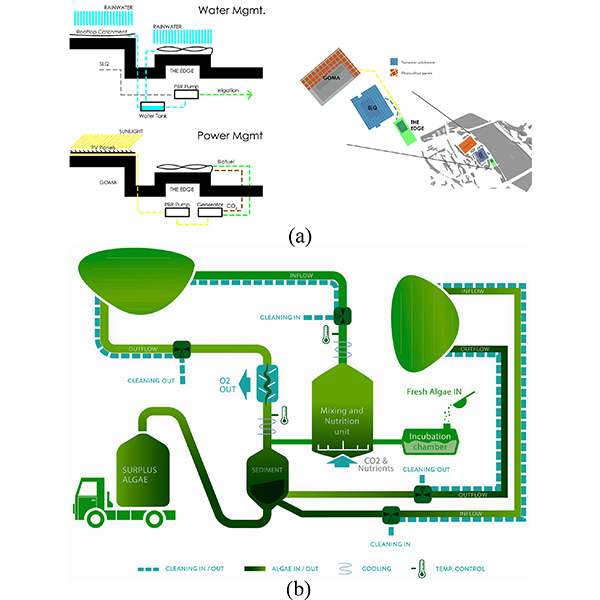
RESEARCH ARTICLE
Photobioreactors as a Dynamic Shading System Conceived for an Outdoor
In the field of responsive shading systems, the use of photobioreactors (PBRs) containing microalgae seems to be a promising technology. Within this framework, this paper presents a case study where a PBR was specifically conceived as a shading system for an external workspace located on an open terrace of the State Library of Queensland (SLQ) in Brisbane.
Journal of Daylighting 6 (2019) 148-168
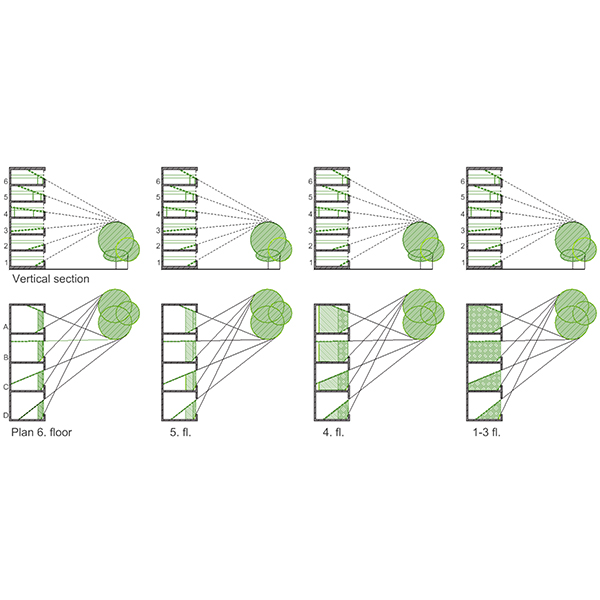
SHORT COMMUNICATION
No-Greenery Line and Greenery-View Factor, New Architectural Design
The paper proposes a new tool for evaluation of the degree of visual contact with the outdoor greenery, the Greenery-View factor (GV), intended to be easy to grasp and simple to use.
Journal of Daylighting 7 (2020) 282-286
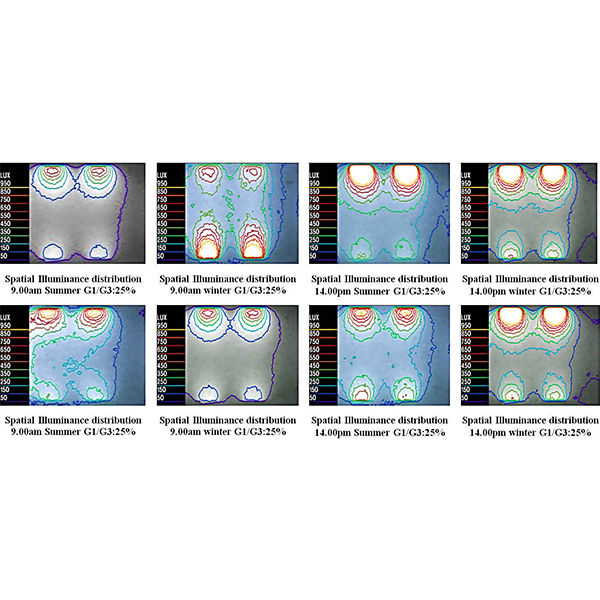
RESEARCH ARTICLE
Optimum Glazing Configurations for Visual Performance in Algerian Classrooms under
Daylight quality and quantity in Algerian schools show serious problems in ensuring visual comfort of students and teachers. Some problems are due to window design, which leads to excessive amount of sunlight penetration into the classrooms.
Journal of Daylighting 6 (2019) 11-22
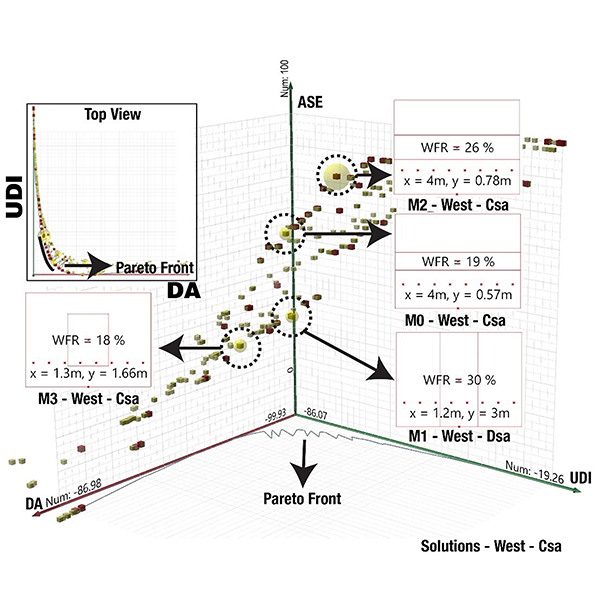
RESEARCH ARTICLE
A Field-validated Multi-objective Optimization of the Shape and
This study aims to determine the optimum size of windows based on the window-to-floor ratio (WFR) for the main cardinal directions in Hot-summer Mediterranean (Csa) and Dry Summer Continental (Dsa) climates (Köppen–Geiger classification system) by carrying out a multi-objective optimization that relies on three dynamic metrics of Useful Daylight Illuminance (UDI-a (autonomous)), Daylight Autonomy (DA), and Annual Sunlight Exposure (ASE1000,250) in Radiance version 5.1..
Journal of Daylighting 7 (2020) 222-237
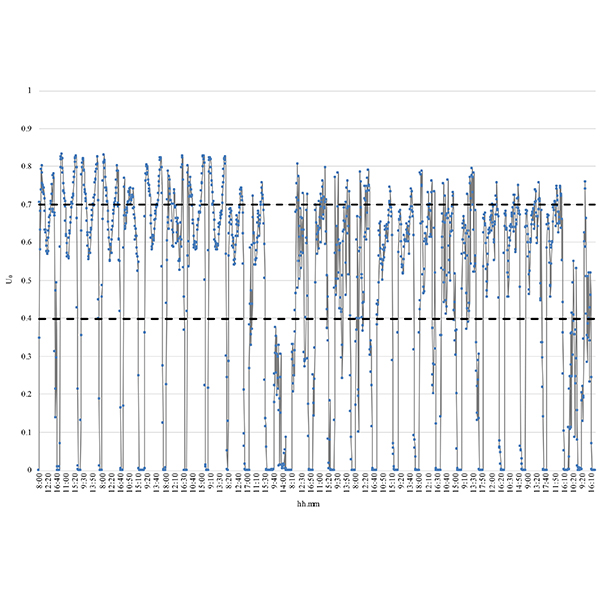
RESEARCH ARTICLE
Experimental Analysis on a 1:2 Scale Model of the
This paper is focused on the daylighting system named Modified Double Light Pipe (MDLP) designed by the authors as an evolution of the Double Light Pipe to eliminate the drawbacks due to its encumbrance and the high luminance of its upper portion.
Journal of Daylighting 9 (2022) 228-241
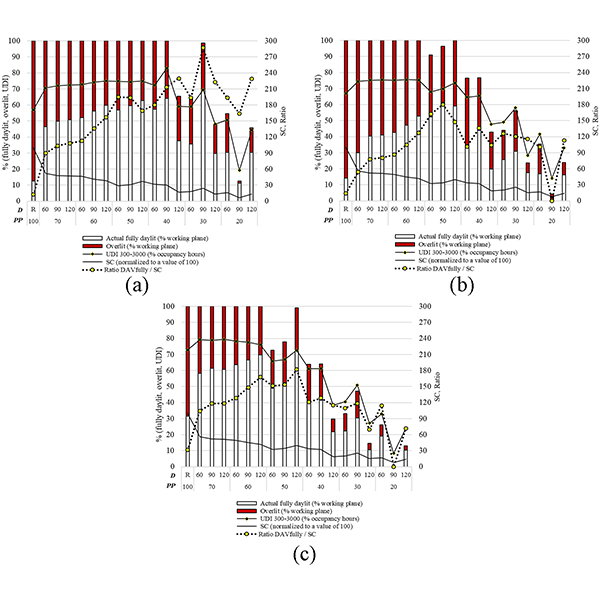
RESEARCH ARTICLE
A Comprehensive Evaluation of Perforated Façades for Daylighting and
New design tools have enabled architects to explore complex geometries for building envelopes. Perforated Screens (PS) have gained popularity but their design is still intuitive, often focused on aesthetic and morphological criteria.
Journal of Daylighting 6 (2019) 97-111
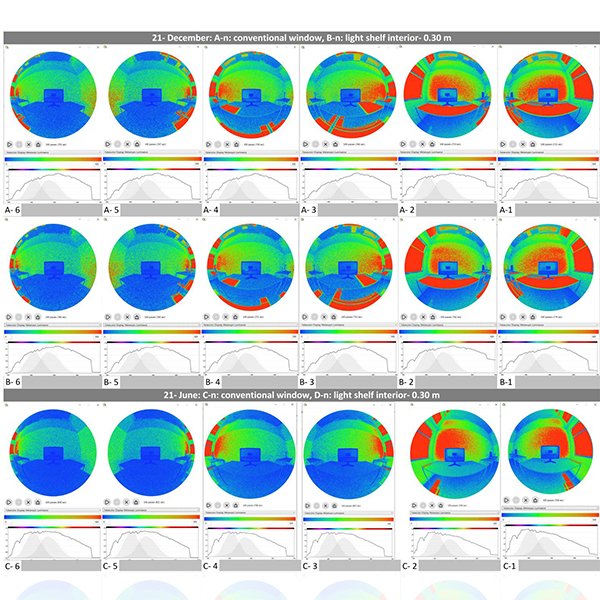
RESEARCH ARTICLE
A Daylight Assessment on Visual and Nonvisual Effects of Light
The contribution of daylight to a comfortable environment for occupants has been the subject of studies for years. Light shelves are known as daylight redirecting systems to enhance indoor daylight conditions.
Journal of Daylighting 9 (2022) 28-47
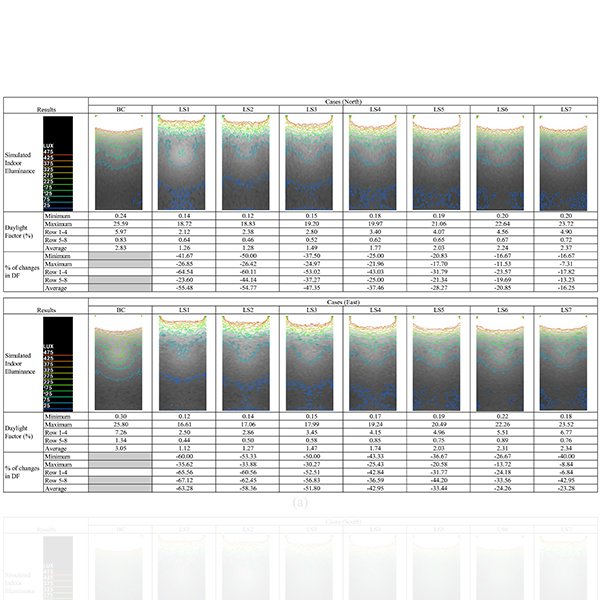
RESEARCH ARTICLE
Daylighting Performance of Integrated Light Shelf with Horizontal Light Pipe
Tropical countries such as Malaysia receives a significant amount of daylight. The utilisation of this renewable resource in a high-rise office building leads to opportunities and challenges.
Journal of Daylighting 9 (2022) 83-96
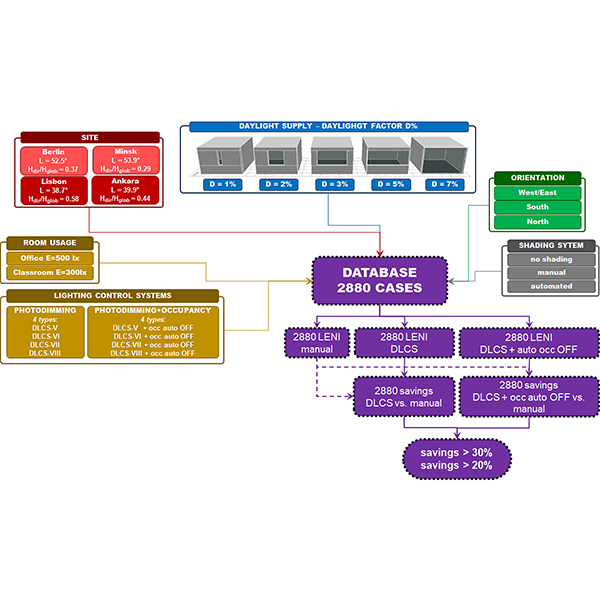
RESEARCH ARTICLE
Energy Saving Generated Through Automatic Lighting Control Systems According to
The standard EN 15193-1:2017 “Energy performance of buildings - Energy requirements for lighting” introduced a detailed method to calculate the energy demand for lighting in buildings. Th.
Journal of Daylighting 6 (2019) 131-147

RESEARCH ARTICLE
A First Approach to a New Index on Indoor Lighting
In this study, the conditions of visual comfort were assessed in an indoor environment intended for students. For this reason, a transversal field survey was carried out in two libraries, one at the Sapienza University of Rome (Italy) and another at the University of Granada (Spain).
Journal of Daylighting 6 (2019) 124-130

RESEARCH ARTICLE
Solar shading in low energy office buildings - design strategy and
Moving towards passive house-level envelopes, zero-energy buildings, or zero-emission buildings, where the carbon footprints of the buildings are minimal, the performance of the transparent parts of the envelope is vital for ensuring a low energy demand and a desirable indoor environment.
Journal of Daylighting 4 (2017) 1-14
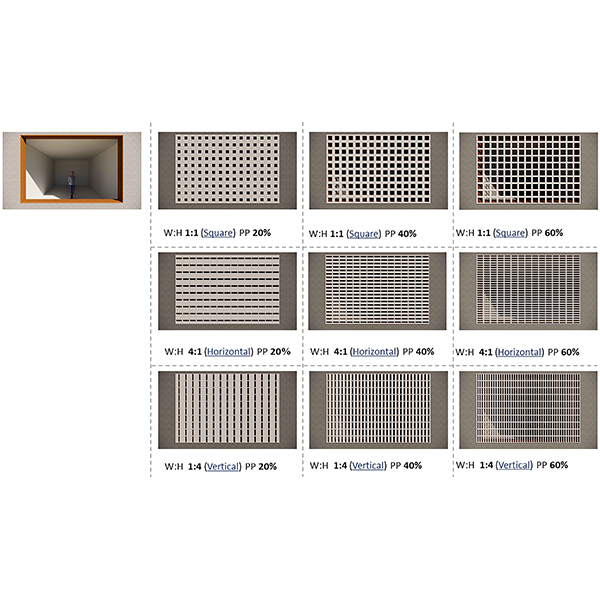
RESEARCH ARTICLE
The Significance of Aperture Proportion for the Lighting Behaviour and
Traditional solar screens in Iran (called Moshabak) are architectural devices used mainly in hot-arid regions, with two interrelated functions: controlling the penetration of sunlight and gaze from outside.
Journal of Daylighting 9 (2022) 242-256

RESEARCH ARTICLE
Exploring the Impact of Natural Light Exposure on Sleep of
Studies among people with dementia demonstrated that the sleep quality and rhythm improves significantly when people are exposed to ambient bright light.
Journal of Daylighting 5 (2018) 14-20

RESEARCH ARTICLE
Acrylic Panels Applications as Building Materials and Daylighting Devices
Enormous studies have been conducted to enhance the daylighting utilization in buildings either by direct lighting techniques, lighting reflection systems, lighting transporting systems, or by light tracking systems.
Journal of Daylighting 7 (2020) 258-272

RESEARCH ARTICLE
Comparative Investigation of Daylight Glare Probability (DGP) Comfort Classes in
Glare is considered one of the most important variables to reach visual comfort and visual quality. It represents one of the fundamental barriers for an effective use of daylighting in buildings.
Journal of Daylighting 8 (2021) 284-293
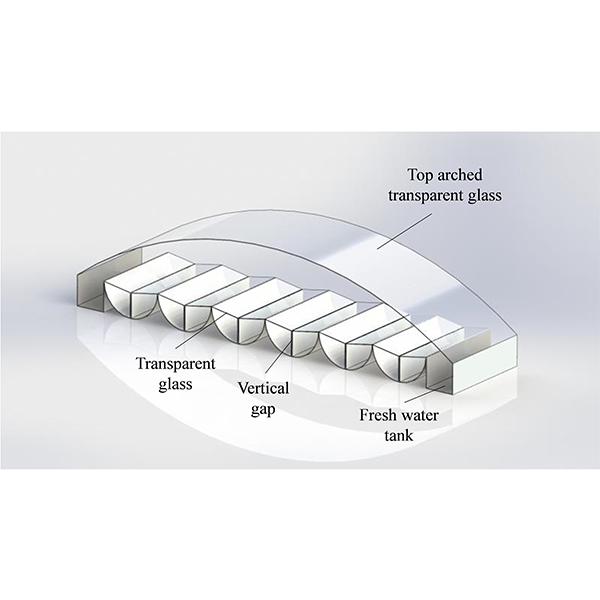
RESEARCH ARTICLE
Optical Analysis of a New Solar Distiller with Cylindrical Surface
In this paper, a new solar distiller floating on ocean with cylindrical surface concentrator and vertical gap evaporator is proposed for solving the problem of freshwater shortage in islands.
Journal of Daylighting 8 (2021) 100-109
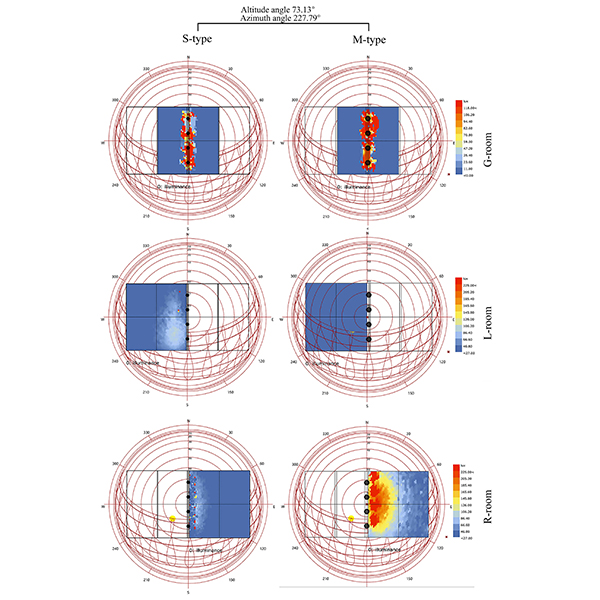
RESEARCH ARTICLE
A Novel Approach to Multi-Apertures and Multi-Aspects Ratio
Daylightophil architecture concept is one of the most significant ways to reduce the electrical load consumption in building sector. In deep-plan buildings, or windowless buildings, advanced light transmission systems are used to compensate lighting demands in high-performance architecture theory.
Journal of Daylighting 7 (2020) 186-200

RESEARCH ARTICLE
Optimisation of Passive Solar Design Strategies in Side-lit Offices:
It has been shown that in buildings with fully glazed facades designed to save electricity and increase daylight, overheating due to excessive solar gains and glare have become recurrent problems, affecting the quality of the indoor environment in office buildings.
Journal of Daylighting 7 (2020) 107-121
 HOME
HOME